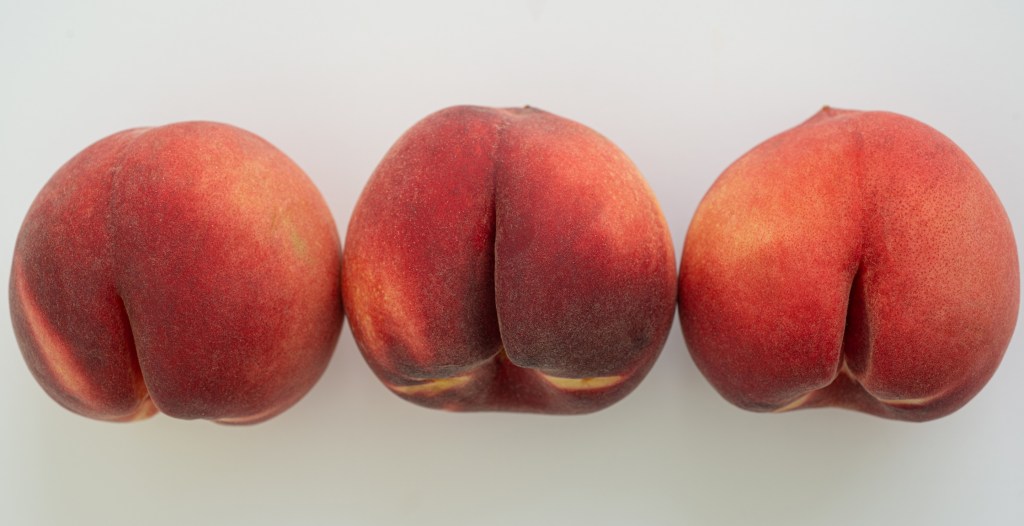
URGENT UPDATE: Groundbreaking research from a team at Osaka University, led by biomedical scientist Takanori Takebe, reveals that “butt breathing” may offer a life-saving alternative for patients with lung disease. This innovative method, known as “enteral ventilation,” is currently undergoing human trials aimed at assessing its safety, with the potential to revolutionize respiratory care.
In a study published in the journal Med, researchers are exploring whether humans can absorb oxygen through the intestinal walls, similar to how certain animals like turtles and fish manage to survive in dire situations. This could provide critical support for patients when traditional breathing methods fail.
The initial trial, which took place in September 2024, involved 27 healthy male volunteers who were instructed to retain between 25 and 1,500 milliliters of a special perfluorocarbon liquid inside their rectums for one hour. While participants experienced some bloating and discomfort, no significant side effects were reported, and only seven individuals were unable to complete the full hour.
The results are promising: vital signs remained stable throughout the trial, indicating that the procedure was safe for participants. Researchers are now gearing up for the next phase of testing, where they will oxygenate the perfluorocarbon liquid to evaluate how effectively oxygen can be absorbed into the bloodstream without using the lungs.
This research, while appearing unconventional, highlights the potential for a new medical technique that could drastically improve outcomes for those with compromised lung function. The implications of this study are profound, as it could offer hope to millions of individuals suffering from respiratory illnesses.
As the scientific community monitors these developments closely, the next steps will focus on testing the efficiency of oxygen transfer and assessing the practical applications of this technique in clinical settings. If successful, “butt breathing” could emerge as a vital tool in emergency medicine and respiratory therapy.
Stay tuned for updates on this remarkable journey as researchers continue to push the boundaries of medical science. Who knew that a breakthrough could come from such an unexpected source?





